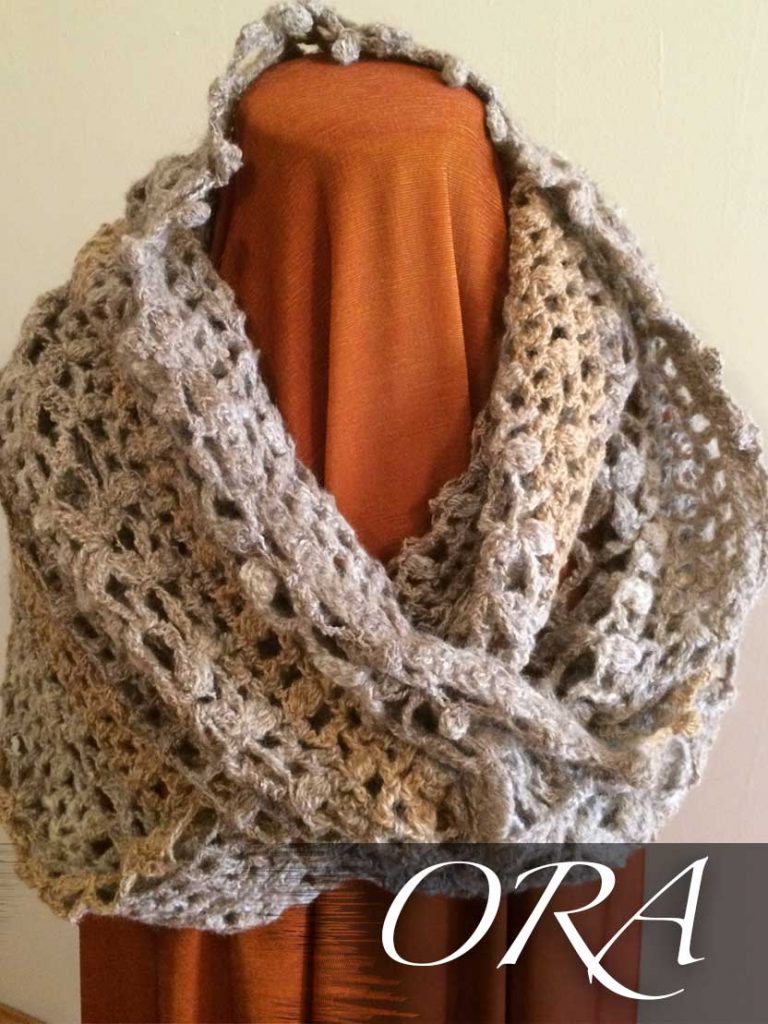Alpaca Fleece Yarn Garment, How long does it take?
Possibly the most often asked question of any textile artist.
WHERE IT ALL BEGINS
Development of a high-quality fleece begins on the farm with balanced nutrition for the production alpaca, both for reproduction and for fleece. Sound decisions for ongoing production are essential.
This is achieved through careful genetic selection and thoughtful, sound management of a production herd.
There are many steps in the production and processing of fleece to enhance the natural attributes of alpaca.
Production of fleece starts prior to shearing with monitored nutrition and management resulting in alpaca that are healthy and productive with fleece that is clean and well-nourished with low vegetable matter content.
Prior to shearing, alpaca are selected for their fleece qualities. Ideally, alpaca should be shorn in groups of quality and colour to maximise the quality of the shorn fibre.
Fleece (if necessary) is cleaned and picked manually on the animal, to arrive at the shearing mat with a fleece that is low in dust, dirt and vegetable matter. Efficient shearing is followed by skirting and classing of the shorn fleece.
The fleece is classed individually according to pre-determined criteria. These criteria will reflect individual fleece attributes and market requirements.

ORA ALPACA
At ORA, great care goes into the selection of fleeces that are going to be used for our textiles. ORA fleeces are selected many months before shearing, final selection is made on the classing table. Our criteria have become very specific – to mention a few – micron, comfort factor, strength of fibre, consistency of length, colour, handle, softness and the WOW factor….. this is the unscientific characteristic of the fleece meaning it is so ultimate, so divine, so absolutely fabulous. The spinner wants to get hold of that fleece straight from the alpaca’s back and race to the spinning wheel to begin the journey.
However, there is much to do before spinning though, so the spinner must be patient.
FLEECE PREPARATION
A fleece chosen by ORA for spinning can weigh anything from approximately 400 grams for a cria (baby alpaca) to kilos for an adult fleece.
SKIRTING
The selected fleece is skirted at classing. Skirting is the removal of and categorizing the different qualities of fibre within the fleece, this includes separating the saddle, neck and legs as is necessary. The saddle of the fleece is where the best quality fleece is, the size of the saddle varies from animal to animal. The industry goal is to produce alpaca with an even quality of fleece that extends around the body, not just limited to the saddle. Degree of skirting required on a fleece is related to the quality of the fibre on the individual animal and quality relates to the fleece criteria required.

CARDING
The selected skirted fleece is again scrutinised and carefully re-examined for all those criteria previously mentioned. A fleece not meeting the criteria will be rejected at this stage.
The fleece is then prepared for carding, either by hand carders or drum carder, depending on the fleece.
Carding is combing the fleece to align the fibres and get rid of the knotty bits n pieces. Alpacas love to roll, rolling tends to trap dust and vegetable matter under the scales of the fibre.
Despite the best efforts of cleaning the fleece prior to shearing, there will be dust, dirt and sand trapped in the fleece, this can be removed by careful combing or carding.
Hand carding is more time consuming and labour intensive than drum carding. Hand carding is used on a fleece that has the WOW factor, to minimise loss on the overall weight of the fleece and to “feel” the fleece prior to the next stage. In most cases, a WOW fleece betters some cashmere fibre that is available.
At the carding stage, other natural fibres such as silk, cashmere, qiviut, wool, angora, cotton, linen or anything else that catches the spinner’s imagination can be added.

Carding is a long process but the spinner develops a feel for the fibre and the spinning journey has begun.
SPINNING
This is another creative part of the journey where decisions can be made…Or not!
If there is a project in mind, the yarn can be spun to suit the requirements of the pattern. Otherwise, spinning yarn for the sheer joy of spinning, the yarn then determines the textile project.
Spinning is the twisting together of drawn out strands of fibres to form yarn. “Singles” of yarn are plied together to form yarns of varying thickness
A finely hand spun yarn, depending on quantities, takes several days, thicker hand spun yarns not as long.
Once the yarn is spun and plied it is wound into hanks to be washed. All the washing is done carefully by hand and then the hanks are hung out to dry in the shade in the fresh air. During our winter, drying can take a couple of days.
Once dry, the hanks are wound into balls ready for a project.
How long did you say again? As long as it takes …
It is a journey that begins in the paddock and passes through our hands, with the addition of creativity and passion the journey ends with a unique, luxurious, one of a kind garment to be treasured and enjoyed ……






